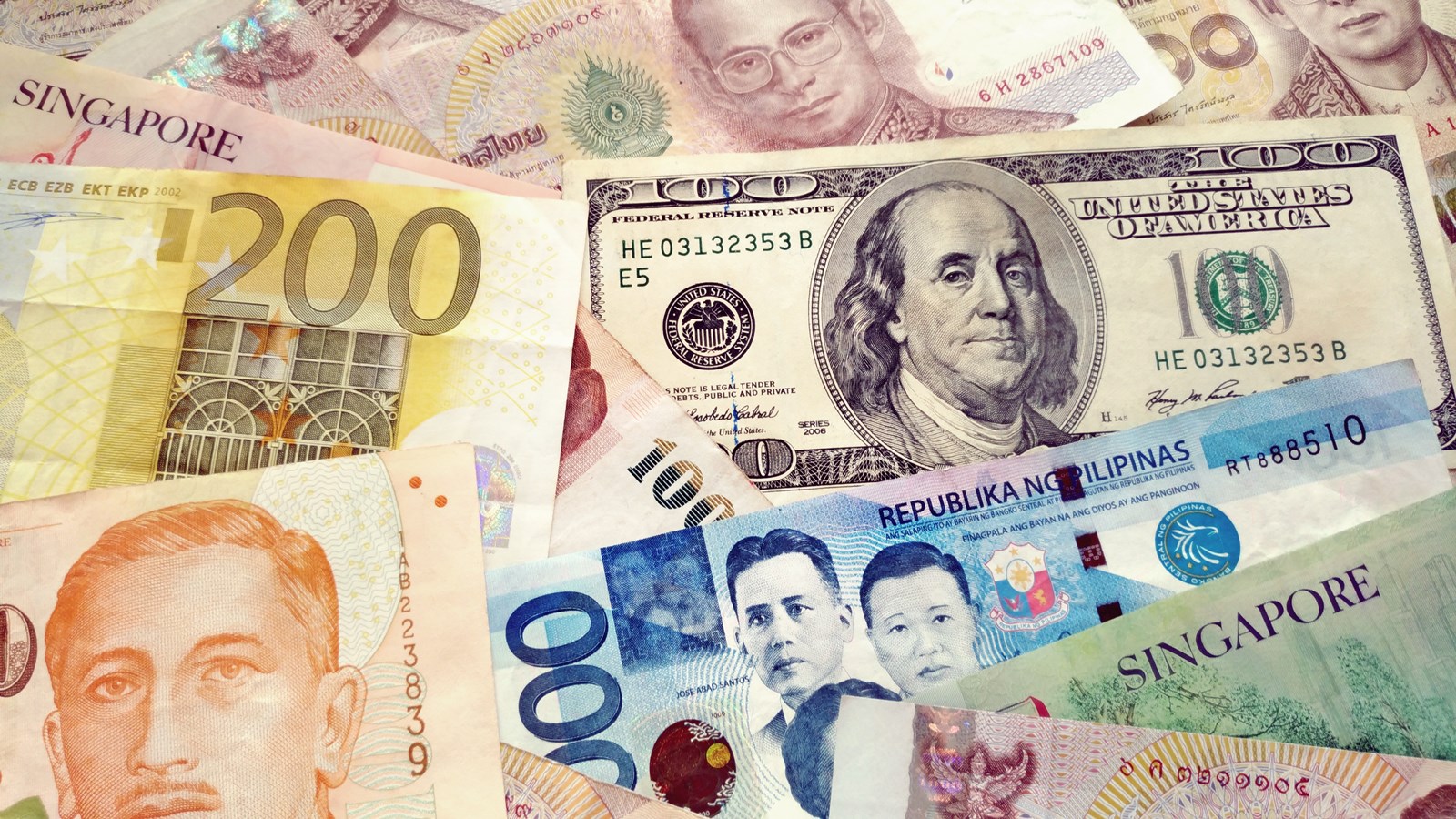Thailand plans to borrow around $66.5 billion in the fiscal year starting in October, an increase of 7.6% from the previous year, to meet its funding needs.
Key Takeaways
- Thailand plans to borrow 2.4 trillion baht ($66.5 billion) in the next fiscal year, with half of the funding coming from government bond sales, to meet increased funding needs.
- Concerns over a higher debt supply have affected Thai markets, with fears of inflation and rising interest rates adding to the unease.
- The government aims to create a borrowing plan that is flexible and adaptable. However, there are concerns about a potential increase in the bond funnel when new public projects are implemented.
About half of the funding will be raised through government bond sales, while the rest will be financed through treasury bills, savings bonds, bond switches, and promissory notes.
The increase in borrowing has raised concerns among traders, particularly as inflation has resurged in parts of Asia. The Thai government aims for a more flexible borrowing plan to accommodate new public projects.
The government also claimed that the borrowing will not affect the country’s fiscal stability, as the public debt-to-GDP ratio will remain below 60%, which is the legal limit.
However, some economists and analysts have expressed concerns about the borrowing plan, arguing that it will increase the fiscal burden and the risk of debt distress in the future. They also questioned the efficiency and transparency of the government’s spending, and urged for more fiscal discipline and accountability. Some opposition parties and civil society groups have also criticized the borrowing plan, calling it a populist move.










